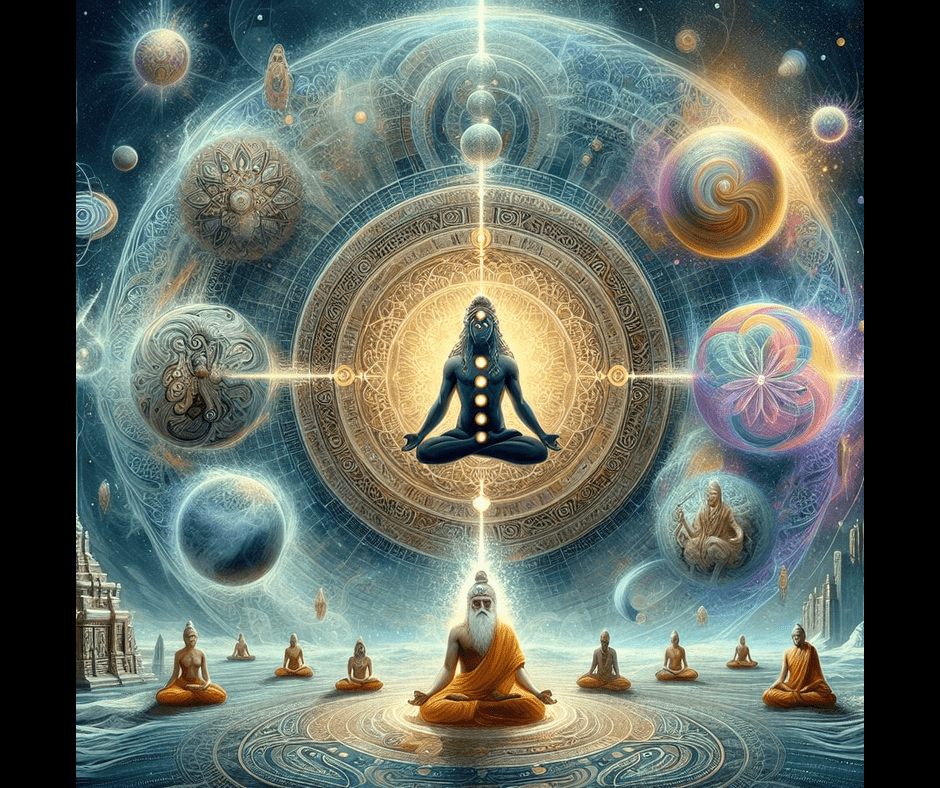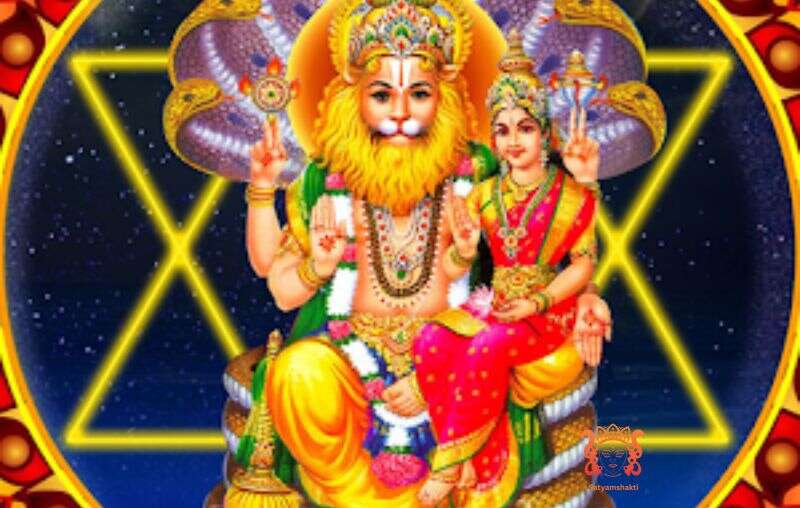Most people think of spiritual discipline as a destination we have to reach during this lifetime. But, in reality, spirituality is a path, a journey to embark on. It’s an experience that goes beyond intellectual boundaries that most humans are confined to. This is an eternal truth that Adi Shankara, the propagator of Advaita Vedanta, brought to the fore many centuries ago.
Advaita Vedanta, a branch of Hinduism founded around 8th century, centres on the teachings found in the Upanishads, specifically highlighting the shared identity between atman (the individual) and Brahman (the ultimate reality). The philosophy of Advaita Vedanta articulates this shared identity through the lens of non-duality.
Brahman, a supreme existence
There are a few concepts in life that are inexplicable in words. The concept of Brahman is one of them. The humblest way one can describe Brahman is the supreme existence or reality. This reality has existed much before any material creation existed and it is expected to exist much after this material existence ceases to exist.
Modern day science has made a modest attempt to explain the trajectory of events since a high-density and high-temperature energy exploded to create our universe, our Brahmand. The Big Bang theory that we today have come to call this event is akin to the spiritual dictums of our ancient sages in the Vedic period.
The medium of discovery of the secrets of the cosmos for our wise ancestors was not laboratory experiments. Nor did they churn out empirical data that’s foundation of all modern-day scientific knowledge. Their way of discovering the ultimate truth of Brahman was their inner exploration, their spiritual journey.
Let’s reflect on the Verse 3.2.9 of the Munduka Upanishad:
स यो ह वै तत् परमं ब्रह्म वेद ब्रह्मैव भवति नास्याब्रह्मवित्कुले भवति ।
तरति शोकं तरति पाप्मानं गुहाग्रन्थिभ्यो विमुक्तोऽमृतो भवति ॥ ९ ॥
“The one who comprehends the supreme Brahman attains oneness with Brahman; in his lineage, none unaware of Brahman shall emerge. Such an individual transcends sorrow, transcends notions of virtue and vice, and upon liberation from the entanglements of the heart, achieves immortality.”
This verse throws light on Brahman as the cosmic self, the product of Lord Brahma’s creation. It is the universal principle that lays the foundation of all Vedas or knowledge. In Hinduism or Sanatana Dharma, Brahman is a concept that is immaterial yet very existential. Its existence cannot be seen, yet it pervades every individual and living creature.
Brahman the eternal truth, the infinite consciousness that expands through time. A reverberation of Purusha (macro-cosmos), it’s the thread of cosmic unity that emerges from nothingness and transcends duality to create oneness. However, to truly realize the meaning of the above verse and its relevance in our lives, it’s imperative to understand the concept of Atman.
Atman, a transcendental being in this supreme existence
“Who am I?” is an existential question that gnaws at people undergoing a shift in consciousness. To know that you are “atman” is the closest you can get to answering this profound question. However, realizing the essence of this concept and embodying it is the journey of spirituality—something that is infinite.
यदिमा वाजयन्नहमोषधीर्हस्त आदधे ।
आत्मा यक्ष्मस्य नश्यति पुरा जीवगृभो यथा ॥११॥
“As I reclaim the waning vigor and clasp these herbs in my hand, the very spirit of ailment withdraws before it can seize upon life.”
This Rigvedic verse 10.97.11 is one of the earliest Vedic couplets to mention atman. Yāska, the ancient Indian grammarian who authored the Nirukta, in his commentary on this Rigvedic verse, acknowledges the various interpretations of Ātman, including its significance as the all-encompassing principle, the cohesive entity uniting other elements, and the ultimate sentient essence.
To explain atman as per the Indian philosophical schools, it is a material product of the Brahman and ultimately the brahmand. Atman is the individual self, which is essentially a star seed, a product of billions of years of cosmic churning. It’s the energy or consciousness in the physical body that defines much of an individual’s mental and psychic makeup.
There are schools of Indian philosophy that perceive atman as a distinct entity, separated from the mortal, impure ego (ahamkara). Atman goes beyond the emotional modifications of the mind (chitta) and an individual’s embodied existence (Prakriti). Both astika and nastika darshanas or philosophies in India believe that atman exists in every living creature (jeeva), irrespective of its body-mind complex.
Unifying Brahman and Atman
Advaita Vedanta revolves around the inextricable link between Brahman and Atman. The ancient texts do not look at Brahman and Atman as two distinct entities. Instead, they represent a singular and identical reality. One exists because the other exists.
The Upanishads articulate this oneness through some short verses that give profound declarations:e “Aham Brahmasmi” (I am Brahman), “Tat Tvam Asi” (That Thou Art), and “Ayam Atma Brahma” (This Self is Brahman).
In the complex tapestry of existence, a prevalent lack of awareness persists among many. The shadows cast by ignorance (avidya) and the deceptive nature of illusion (maya) are to be blamed for this. The obscured understanding tether individuals to the limitations of their physical body, mind, carnal desires, and ego, making them oblivious to the eternal unity that lie beneath their being.
This failure to grasp the intrinsic oneness of all things results in a relentless cycle of entanglement known as samsara. Within this cyclic existence, an individual is tied to suffering (duhkha), a veil of unawareness and illusion perpetuates the cycle of bondage.
Merging Brahman and Atman requires self-realization. The process requires comprehending the authentic nature of the self (Atman) and acknowledging its identity with the ultimate reality (Brahman).
Its only when an individual transcends the illusion of ego or individual identity that he or she can come to the realization of the non-dual essence. Meditation (dhyana), contemplation (vichara), self-discipline and embodying ancient wisdom are key tools that can help individuals on the spiritual journey to unite with the brahman.



